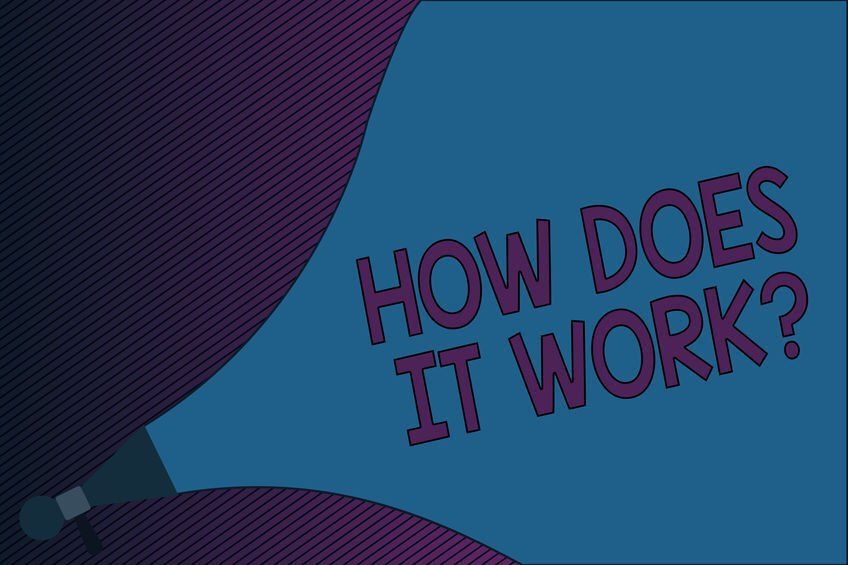How Does Sedation Dentistry Work
- By Mary Marks
- •
- 25 Nov, 2020
- •

Today, many dental practices offer sedation or relaxation
methods that help patients overcome moments of anxiety or panic, so that dental
treatments can be carried out in the best possible conditions. Thesedation dentistry Denver
dentist offices
have is great to eliminate the fears of dental work.
Conscious sedation
Conscious or moderate sedation involves the intravenous administration of a sedative drug that lowers the patient's level of consciousness, reaching a state of relaxation and comfort but remaining awake throughout the entire treatment. In this way, the patient will be able to cooperate with the dentist.
Unlike general anesthesia, conscious sedation produces minor effects for the patient's body; therefore, no further investigation is usually required before administering the sedative.
Inhalation sedation or sedation with "hilarious gas"
Inhalation involves the administration of a mixture of nitrous oxide and oxygen before the procedure begins. This mixture is also known as "hilarious gas". The patient is invited to inhale the gas mixture which quickly takes effect leading to a pleasant feeling of relaxation. The patient will be conscious throughout the treatment even if he/ she feels a slight state of drowsiness. The risk of side effects is extremely low because nitrous oxide quickly leaves the body as soon as you inhale a small amount of normal air.
Sedation by pills
Oral sedatives such as Valium or Xanax can relax the patient if taken one hour before the procedure. The medication is absorbed through the digestive system, therefore, the clinical effect and the degree of relaxation can be quite variable and unpredictable.





Although oral sedation dentistry Highlands Ranch is one of the optionsavailable for managing anxiety and discomfort during oral surgery, you certainly do not need to use it all the time. As a matter of fact, the exact type of sedation or anesthesia that you receive during oral procedures may depend on various factors, such as the complexity of the procedure, your medical problems, as well as your doctor’s preferences.
There can be several different levels of sedation that can be used in oral surgery. Local anesthesia is one of them. This involves injecting anesthetic medication into the specific area where the surgery will take place. It numbs the area and is often used for less invasive procedures.
Oral sedation involves taking medication in the form of a pill to induce a state of relaxation and drowsiness. The patient is still conscious, but he/she may not be fully aware of the procedure. At any rate, sedation helps him/her get rid of anxiety.
In the case of intravenous sedation, medication is administered through a vein, which induces a deeper state of sedation than oral sedation. Patients may still be conscious, but they are less aware of their surroundings and may not remember the procedure.





